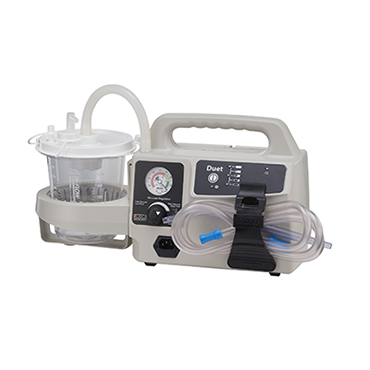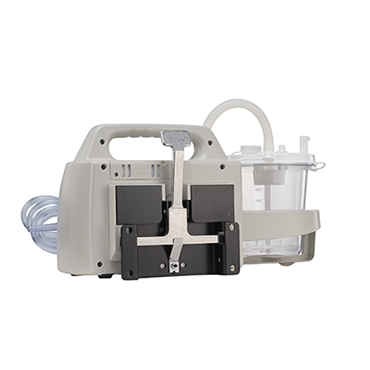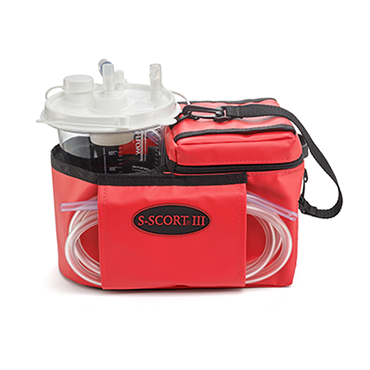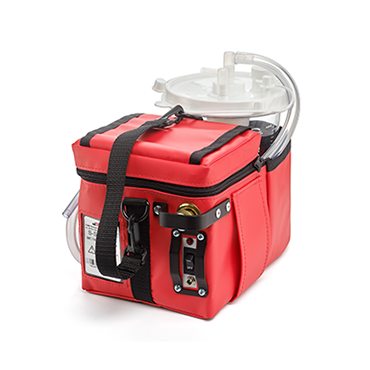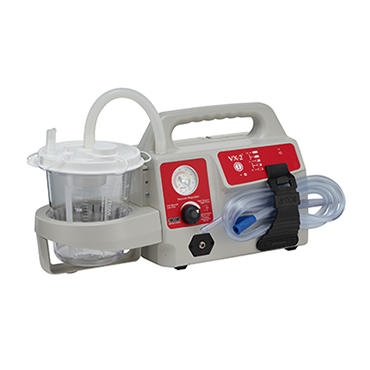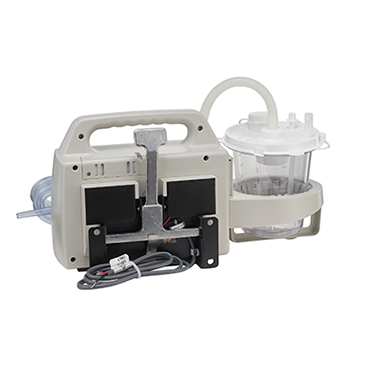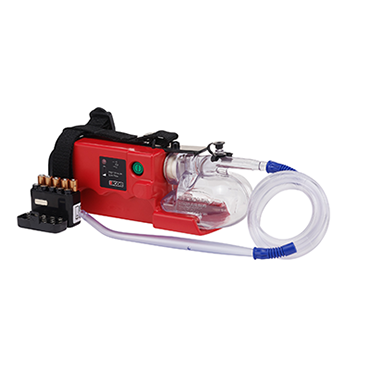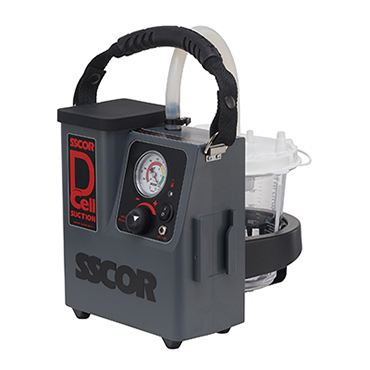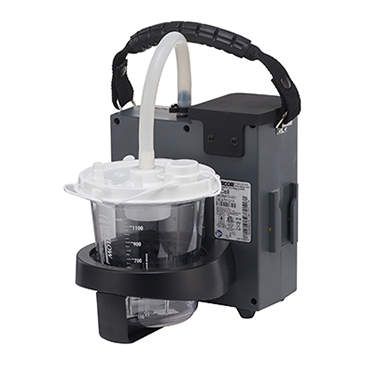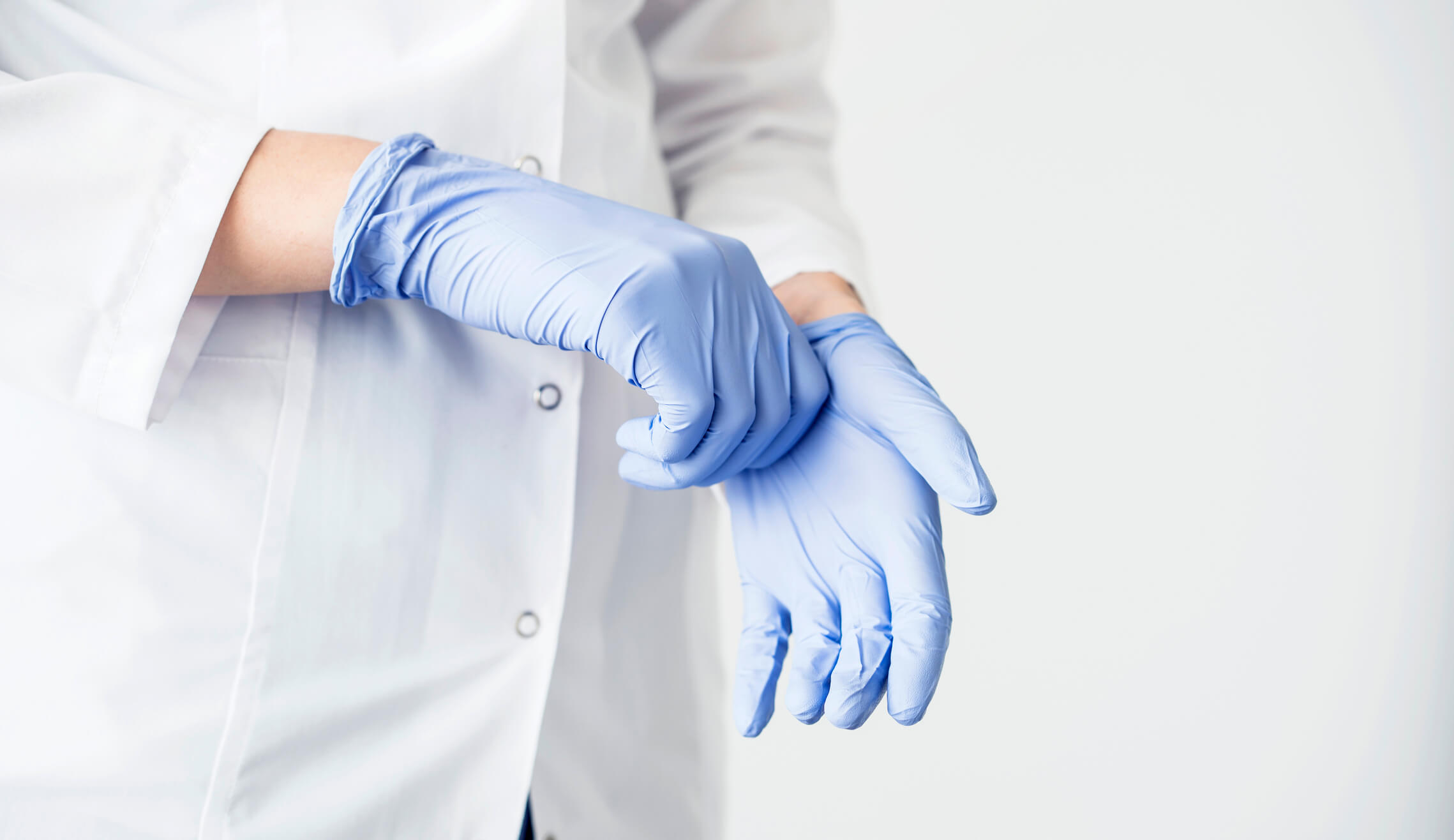
There were more than 5,300 choking deaths in 2021. Aspiration remains alarmingly common and accounts for about 15.8% of community-acquired pneumonia cases. This means airway management remains a critical and life-saving tool for EMS responders. Whether it’s intubating a choking victim, clearing the airway in a patient suffering from pneumonia, or dealing with the aftermath of aspiration, suction catheters are an essential tool in every first responder’s kit.
The stakes couldn’t be higher, and following a few simple best practices for airway management can save lives. But adept use of your airway protection equipment isn’t enough. Maintaining suction catheters in excellent working order is a critical factor in airway management. Here are five best practices.
Maintain Your Equipment
No matter the condition of your catheters, they won’t be able to effectively clear the airway if they’re connected to faulty equipment. Airway suction catheter maintenance is, first and foremost, about maintaining the equipment. Your portable suction unit should always be ready to go since the catheter is worthless without it.
The type of unit you use will determine the precise daily maintenance routine. At a minimum, do the following daily:
- Make turning on and testing your machine a part of your routine truck inspection. Today’s long-life batteries should mean that a portable suction unit remains charged. But if there’s a problem with the battery, unit, or power supply, you must know before a life hangs in the balance.
- Ensure you have a backup canister and backup battery at the ready.
- Run the unit for 15 minutes each morning to check for indicator lights. If any appear, check the manual or notify your supervisor.
Practice Good Sanitation
Management of hazardous wastes is a key part of the job, yet it’s easy to get sloppy when dealing with life-or-death situations. Never reuse disposable parts – including catheters. Instead, follow your company or hospital’s protocols for hazardous waste disposal. Remember that you’re already dealing with vulnerable people, so exposing them to hazardous waste can be life-threatening.
Have the Right Equipment Available
A suction unit and catheter alone won’t save lives. You’ll need all of the equipment necessary to operate your unit, including canisters, tubing, and other disposable devices. Err on the side of having too much equipment in a variety of sizes. Most adults need a size 7.0 or 8.0 tube, but smaller sizes are necessary for pediatric patients.
Additionally, be sure you have the following items available:
- Suction kit, including catheter, suction device, and suction tube.
- Drape
- Gloves
- Basin
- Sterile solution
- Sterile water
- Water soluble gel
- Ambu bag with mask and oxygen source
- Face shield or goggles
- Gloves, including non-latex gloves
Everything on this list should be in your first-in bag, ready to go.
Clean and Store Reusable Devices
After you’ve tossed used catheters, tubing, canisters, and other disposables, fully sanitize the unit. In most cases, this will require using a mild detergent that’s one part bleach to 10 parts water but follow manufacturer guidelines for your unit.
A common EMS misconception is that, as long as the device doesn’t come into contact with bodily fluids, it is safe to reuse. However, airway suction devices can provide a fertile breeding ground for dangerous pathogens. Sanitize the suction unit after each use, no matter whom it has been used on or how clean it looks. Follow the manufacturer’s specifications strictly.
Have the Right Tube and Catheter Sizes Available
Though most adults need a 7.0 or 8.0 tube, not all can accept this size. Moreover, pediatric patients are at a greater risk of choking emergencies than adults and need much smaller tubes. It is critical to patient safety to have several sizes available. Keep several of each on hand, as this protects against defective equipment and user error and ensures you always have a second tube to work with.
In general, the rule is to multiply the inner diameter of the tracheal tube by two and then use the next smallest catheter. Catheter sizes should coordinate with tracheal tube sizes.
Rather than thinking of the catheter as a standalone device requiring its own maintenance, it’s critically important to view it as part of a larger system. If any portion of that system malfunctions, a patient’s life may be at risk. You must maintain each component of the system and prepare multiple layers of backup in the event that any portion of the system fails.
If you’re ready for portable emergency suction with extraordinary battery life and excellent power at an affordable price, we can help you choose the right device. Learn more with our Ultimate Guide to Purchasing a Portable Emergency Suction Device.
Editor's Note: This blog was originally published in June, 2018. It has been re-published with additional up to date content.








